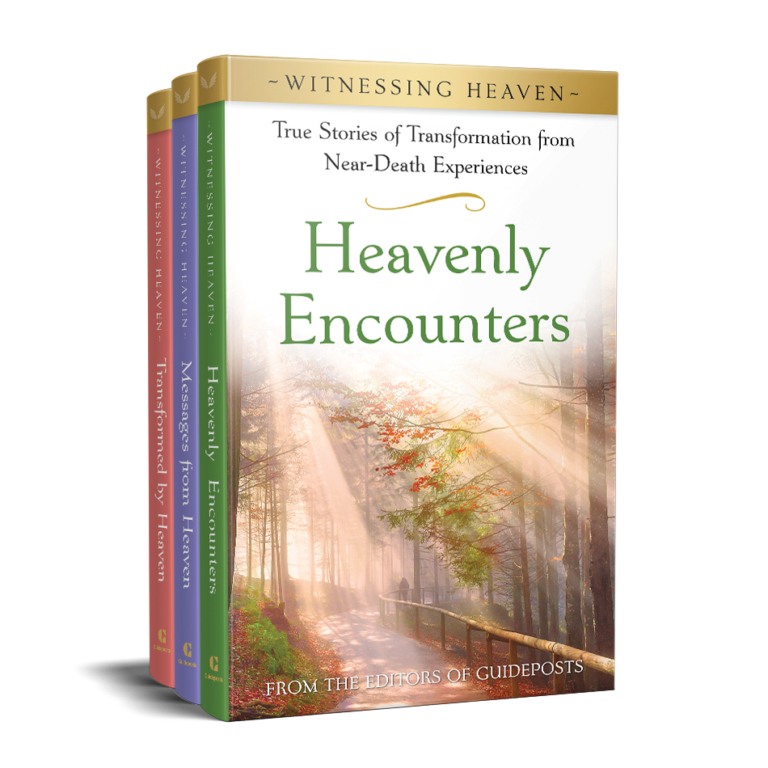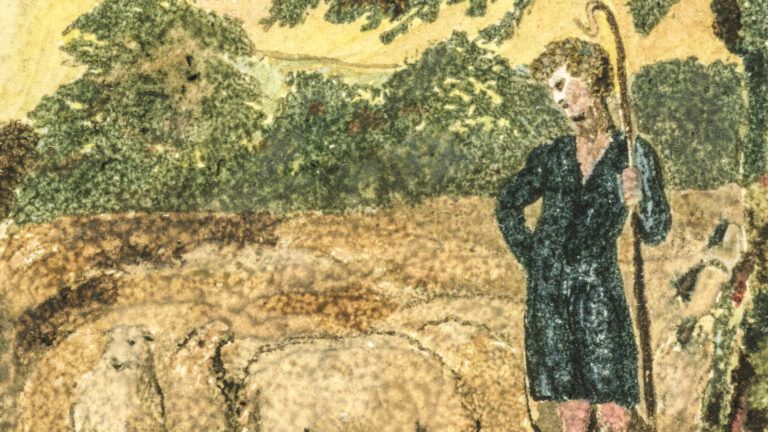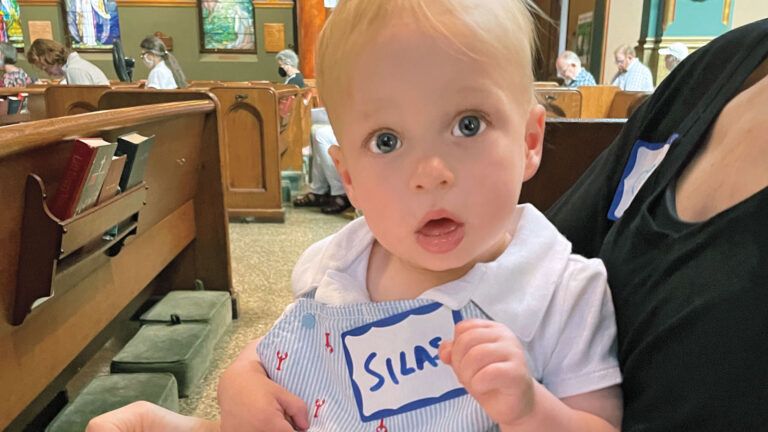Dreams can inspire us, comfort us, confuse us and even frighten us. But the dreams of the dying, science is discovering, are something else altogether. According to a 2014 study in the Journal of Palliative Medicine, more than 80 percent of hospice patients reported intense, “more real than real” visions while asleep or awake. These visions often increased in frequency as death approached.
The study’s author, Christopher Kerr, M.D., Ph.D., the chief medical officer at the Center for Hospice & Palliative Care in Cheektowaga, New York, believes that these end-of-life dreams and visions, or ELDVs, reveal a great deal about death and the hereafter. He talked to Mysterious Ways about his startling findings.
How does an ELDV differ from a regular dream?
The vast majority of study participants were very clear that this was distinct from normal dreaming. There’s sense to it, there’s smell to it, there’s sight to it. The things you hear most from patients are “I usually don’t dream” or “I’ve never had a dream so real.” Thematically, there are people and events the patient hasn’t seen or experienced for many, many years. These dreams are typically therapeutic. They carry profound meaning. They allow for closure, acceptance, forgiveness. There is guidance. It gives the dying the feeling that they are not alone. You have someone who was wronged as a child. The wrongdoer reappears in the ELDV and says, “I’m sorry,” and that allows the patient to let go of hurt, anger or resentment.
What is the content of these dreams and visions?
The comforting presence of someone living or dead is overwhelming—72 percent of study patients dreamed of the deceased. Animals are important. Travel comes up often. A lot of times, patients don’t say where they are going, but they know they’re going somewhere. Often people relive past traumatic events in a different light so that they are reassured. A lot of soldiers see deceased comrades. Forgiveness is a big theme. Reuniting with people. It’s absolutely transcendental. We’ve had mothers whose children ended up in jail and their whole identity was in question. Then their deceased friends and relatives come to them and say, “You’re a good mother.” A lot of healing takes place.
Do ELDVs shed light on what comes after death?
They provide a profound level of comfort that those you’ve loved are there. I don’t think it’s random. Little is said in these dreams. It almost can’t be expressed verbally. There was a 13-year-old to whom a dog came back in an ELDV. She was left with an understanding that she would be okay; she was going to be loved and it was a good place.
Religious figures make up a small percentage of dream content, though. Why?
It’s less about formal symbols of faith. The themes in these dreams are consistent with the core values of religion. They’re not all seeing the Trinity. But the larger message of love and forgiveness and redemption is there.
What was your first experience with an ELDV?
I was 12 years old the last time I saw my father. He was in the hospital, dying of lymphoma. I was standing over his bed and he thought we were heading up north to go fishing, which was something we did every year. He said, “You gotta get ready, Chris. Hurry.” He tried to play with my shirt and push me a little bit. “Let’s go, we have to get on the plane.” He was reliving a meaningful past event. I never mentioned it to my mother because I didn’t want to upset her. It’s funny how things turn out, because clearly it never left me. The last thing I ever thought I’d be was a hospice doctor, surrounded by death.
Were you initially skeptical of your hospice patients’ dreams and visions?
Oh, hugely. In medicine, you’re required to come up with answers to things. It’s easier to blame an ELDV on brain failure or drugs. But there’s this whole other experience that isn’t in front of your eyes that needs to be respected and understood somehow. If I really wanted to care for people, I knew I had to care for them in totality. Now, of course, I love it. You feel like you’re shepherding them a little bit. Asking them about their dreams is a lot more important than asking what day it is. Because I have patients who are spending way more time in the other world than they are here.
Which dream or vision, of the many you’ve witnessed, stands out?
I was very close to a patient, Mary. She was an artist. Her kids were camped out for days in the hospital, understanding absolutely everything she was saying. Until she started cradling a baby that nobody could see. Her kids didn’t know who the child was. Then Mary’s sister arrived from out of town. Mary’s daughter said, “She keeps holding this baby named Danny. It’s the weirdest thing.” Mary’s sister said, “Well, that was her first child, whom she lost.”
Could ELDVs simply be the result of delirium? Or made up by the patient?
Delirium doesn’t bring any peace or meaning, whereas ELDVs do. If you’re dying, it makes sense that what you dream about has a broad perspective. But I don’t think patients can orchestrate all the events that happen in this type of dream or vision. They can’t really orchestrate their own forgiveness. If they could, they would have done it at any point in their life. There’s so much that happens within an ELDV that can’t be explained. Mothers who get to hold their deceased children—they’ve longed, sorrowed, suffered for that for 50 years. But it didn’t occur as real to them as it does right before they die.
How can caregivers and family members better handle ELDVs?
Dying is isolating, and it’s only made more isolating by not talking about it. A lot of people are probably having these experiences and don’t connect dots. Other people don’t report them, deliberately, for fear of being ridiculed. What if you gave them permission? And said, “It’s unbelievably common for people to relive past events and see people you’ve loved before.” To give them permission and support, and even to inquire about what they’re feeling and seeing, is a good thing. It’s one of those things that bring people closer to the bedside, not farther away.
What’s surprised you most about your research?
The theme of love. How, when a dying person dreams, their source of love excludes the person who didn’t love them correctly and only includes the person who loved them well. There’s this natural journey toward less of a mixed picture of wrong and right. More of just love and forgiveness. A patient had six siblings. One was really cruel to him. In his dreams, the bullying sibling is absent. In the end, it’s almost like you drive away the bad and you brighten up the good.
Are you less afraid of death now?
There’s something that’s anticipatory about it now. I’ve seen thousands of people reunited with the people that they love. I can’t say it hasn’t affected me. I can’t explain some things, but I can’t dismiss them. There’s much more grace in dying than one would assume. Much more love. That tells me that people who are lost aren’t really lost.






